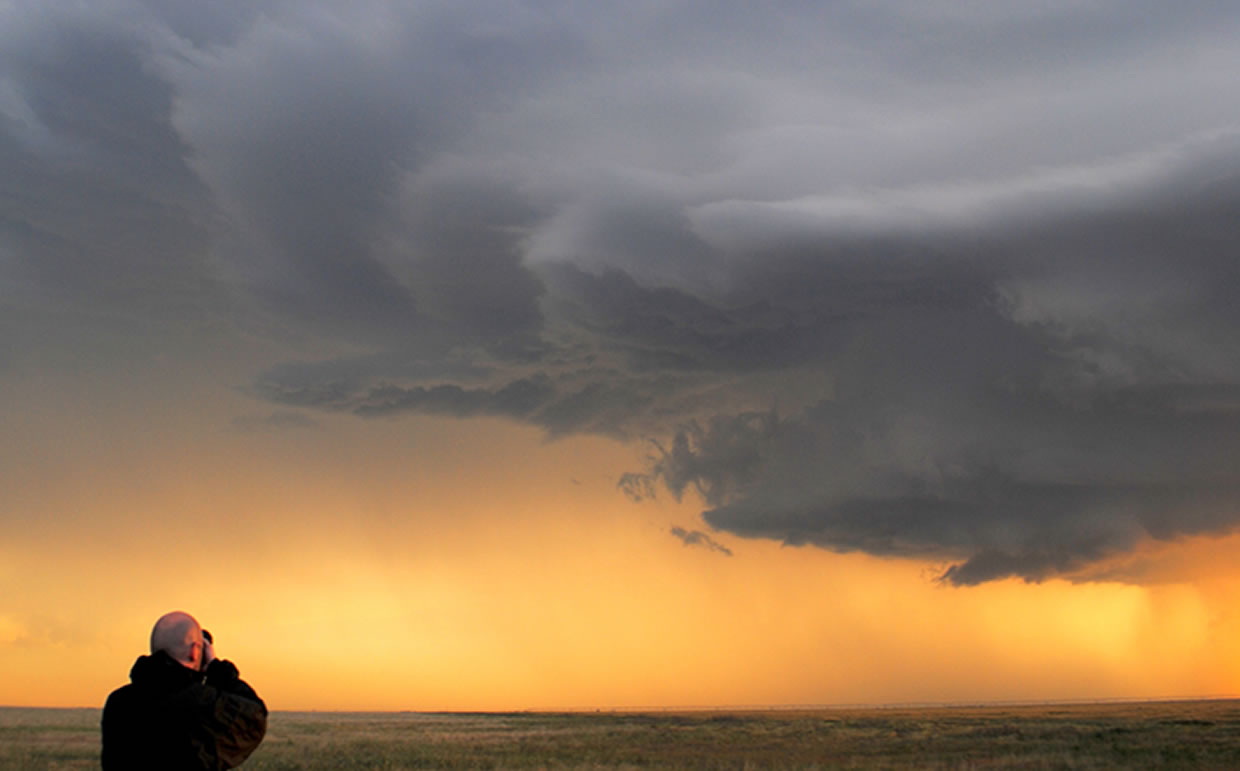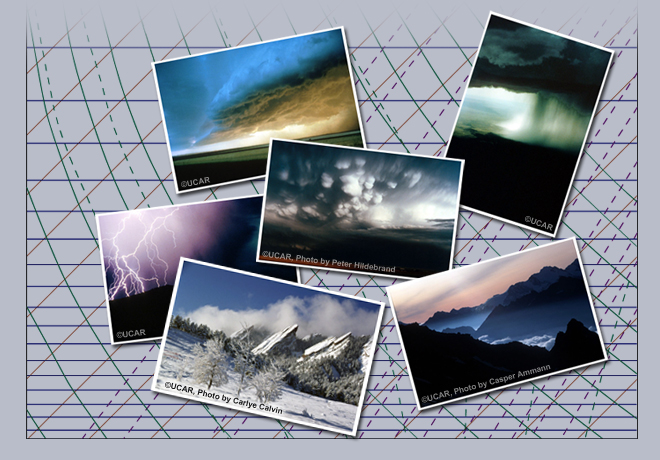Area for lesson development.
The 2024 COMET and KMA Course Webpage
- Coordinator: Adam Hirsch

The goal of the "Role of the SKYWARN® Spotter" module is to provide baseline training for all spotters through multiple scenarios covering the procedures for spotting (including communication and storm report criteria), safety considerations for all hazards, and an overview of the national program and its history.
Objectives:
- list the proper safety guidelines to use during severe convective weather:
- while in a building
- while in a car
- and after a storm has passed
- identify the seven required pieces of information to communicate to the NWS when making a storm report
- demonstrate how to make a clear and succinct storm report for a severe convective weather event
- describe how spotter reports are used within the NWS and local emergency management branches
- identify the best methods of communication of your spotter report in specific situations
- explain the importance of SKYWARN spotters in warning operations

Meteorologists typically examine atmospheric soundings in the course of preparing a weather forecast. The skew-T / log-P diagram provides the preferred method for analyzing these soundings. This module comprehensively examines the use of the skew-T diagram. It explores thermodynamic properties, convective parameters, stability assessment, and several forecast applications. The module is designed for both instruction and reference. It also comes with an interactive Web-based skew-T diagram that calculates several common forecast parameters.